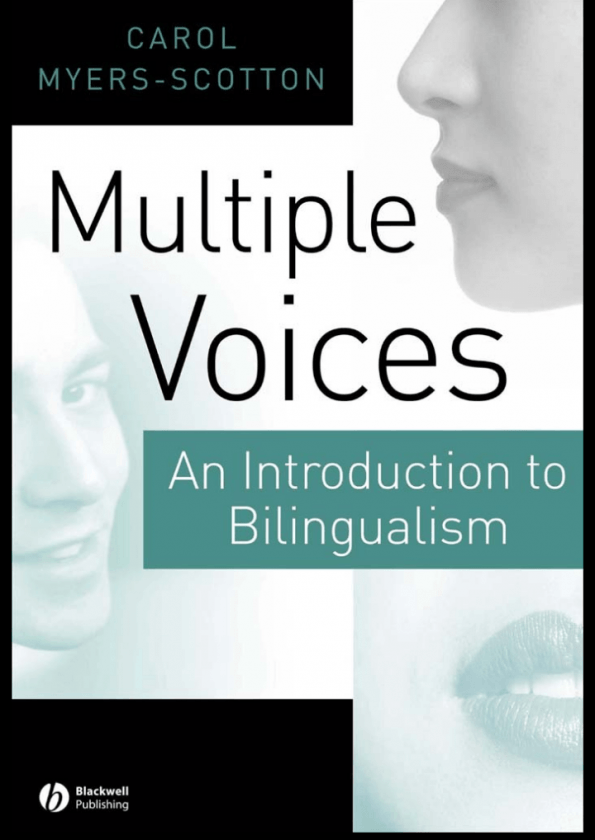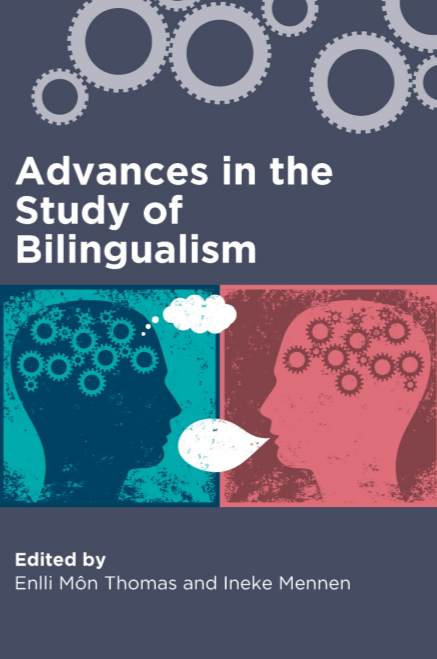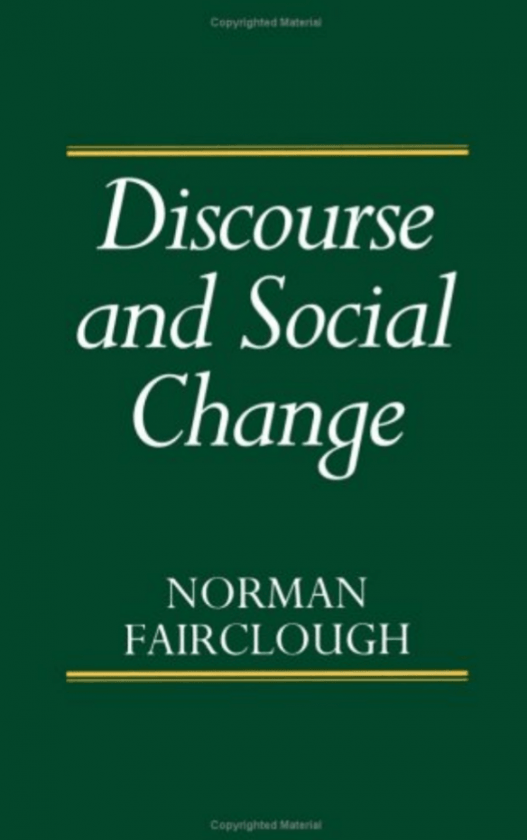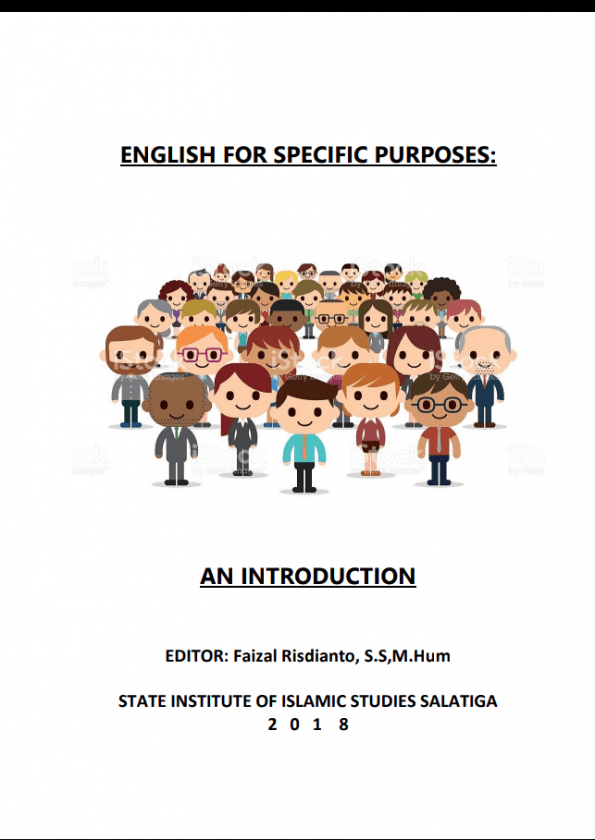Multiple Voices: An Introduction to Bilingualism by Carol M
From NGN 10.00
Description
This is a book that tries to cover all of the important aspects of bilingualism that university students should know about. This means that the book deals with both what it means to an individual to be bilingual and what it means to a community to include bilinguals. The goal is to write the chapters at a level to make the book appropriate for upper-level undergraduates (in their last two years) or beginning-level Master’s degree students. Most generally, the book is intended as a textbook for courses that are par-
ticularly concerned with bilingualism as a socio-political phenomenon in the
world. As such, it emphasizes overviews on why people become bilingual;
why they maintain their first language or why they shift to a dominant language
in the community as their main language; how they use the language varieties
in their repertoire in interpersonal interactions; and how language policies in
nation states and globalization as a phenomenon affect choices people make to
learn certain languages.
However, the book also includes chapters on the more grammatical and
cognitive aspects of bilingualism. That is, it deals with outcomes of grammat-
ical combinations of two languages (e.g. codeswitching and convergence),
as well as with how bilingualism is a factor promoting the borrowing of
words across languages. In addition, there is a chapter on what psycholinguistic
studies tell us about how bilingualism seems to be organized in the brain, as
well as a chapter largely considering how child bilingualism differs from bilingualism acquired at a later age.
Other topics considered include how cultures differ in their views of appropriate language use. Also, there is a chapter on the ideologies that groups have about the linguistic situation in their community and attitudes that individuals develop about others based on the languages they speak. In addition, there isdiscussion of memory in bilinguals and aphasia (language loss) in bilinguals and how recovery differs across individuals. Still other topics considered are types of bilingual education programs and attitudes toward them, as well as explanations that researchers offer for outcomes in second language learning after a young age. Current theories about second language acquisition also are covered.
Contact us if you need this book in a PDF format.





